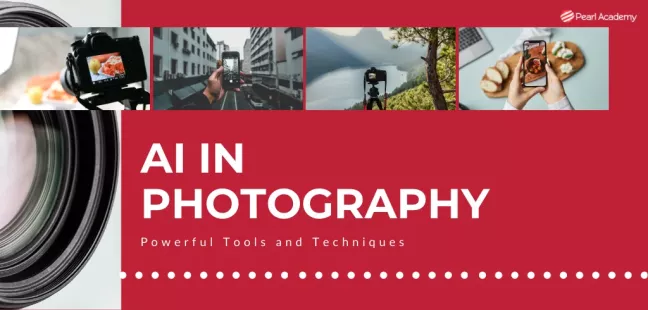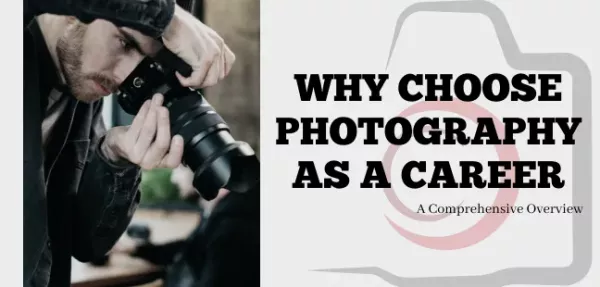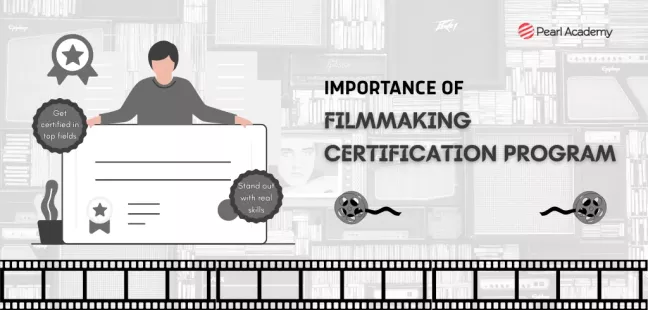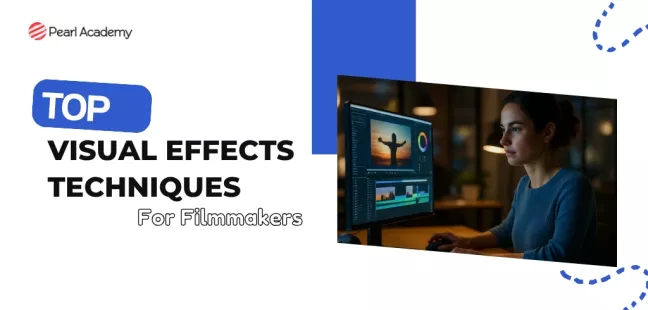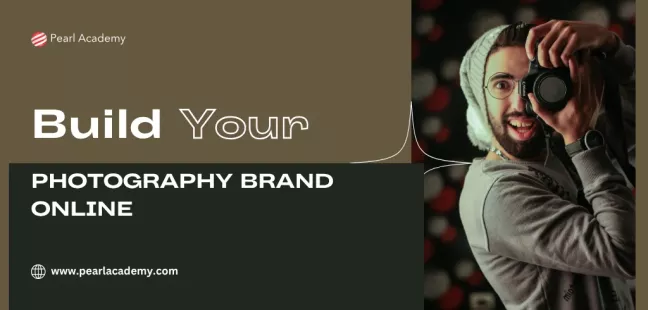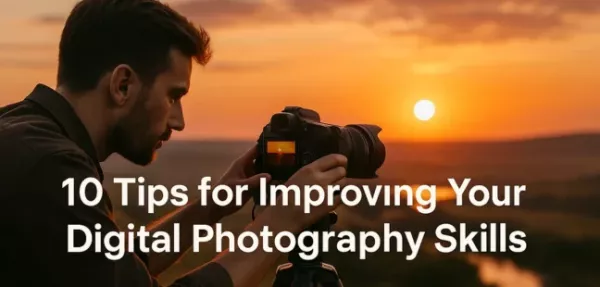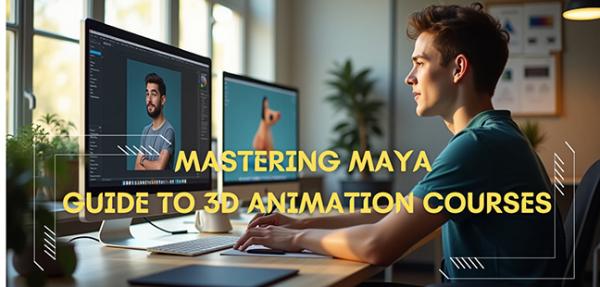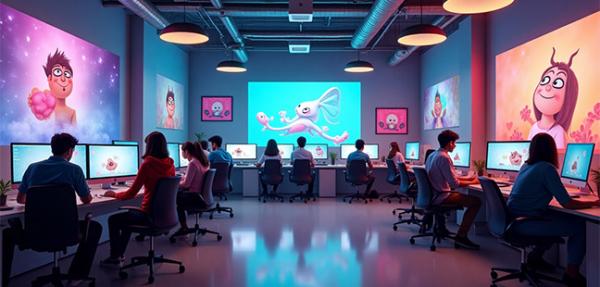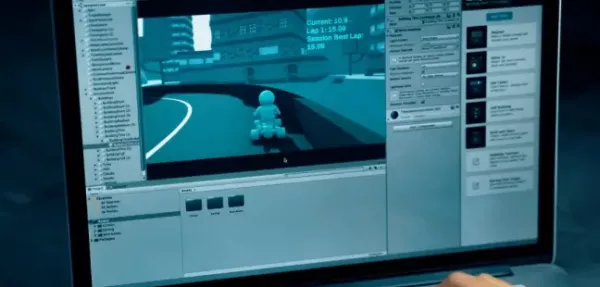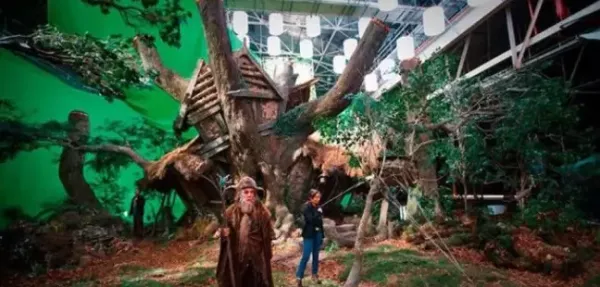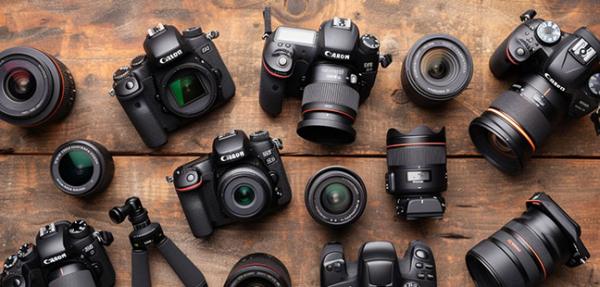Top 10 Careers in Visual Effects (VFX)
- Editorial Team
- Published 01-Oct-2025
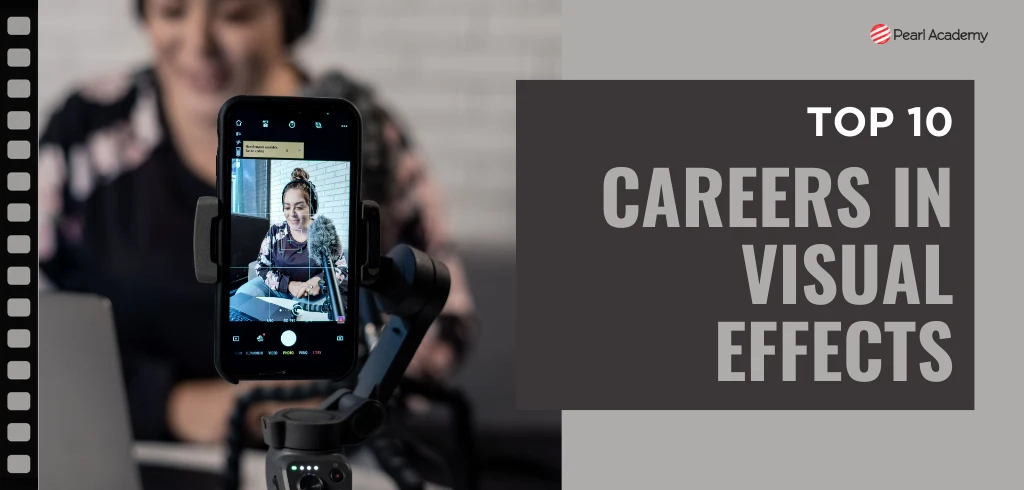
The international visual effects market is expanding at a record-breaking rate. The Indian media and entertainment industry alone is expected to hit ₹2.3 trillion by 2024, with VFX and animation being one of the fastest-growing categories, as per PwC's Global Entertainment and Media Outlook. From Marvel franchises to OTT series, commercials to video games, VFX has emerged as the common language of contemporary storytelling. For aspirants, this expansion means exciting career opportunities in various visual effects professions. Read this blog till the end to discover the visual effects careers that lie ahead.
Become future-ready with our Film Programs
Know MoreTop 10 Careers is Visual Effects (VFX)
Let's discuss the top 10 VFX professions, their tasks, abilities needed, and industries they drive.
1. VFX Artist
- What it is: The artistic power behind on-screen magic—creating effects like explosions, the outdoors, or mythical beings.
- Jobs: FX artist, digital compositor, simulation specialist.
- Pay: ₹4–8 LPA for freshers; experienced artists ₹12–20 LPA in leading studios.
- Skills: Houdini, Maya, Nuke; excellent understanding of physics and timing.
- Industries: Films, TV, OTT, gaming.
2. Compositor
- What it stands for: The ultimate storyteller who composites live-action, CGI, matte paintings, and effects together to create seamless visuals.
- Jobs: Compositing artist, rotoscope artist, paint/prep artist.
- Pay: ₹3–6 LPA for junior, ₹10–15 LPA for seniors.
- Skills: Nuke, After Effects, attention to detail, knowledge of colour and light.
- Industries: Feature films, advertising, streaming services.
3. 3D Modeler
- What it is: Builds three-dimensional characters, props, and environments that constitute the blocks of a scene.
- Jobs: Environment artist, character modeler, texture artist.
- Pay: ₹4–7 LPA starting; ₹12+ LPA with experience.
- Skills: Blender, ZBrush, Maya, anatomy knowledge, textures, lighting.
- Industries: Gaming, animation, film, VR/AR.
4. Rigger / Technical Artist
- What it means: Creates digital skeletons so that characters and objects can be moved realistically.
- Roles: Rigging artist, pipeline technical director.
- Salary: ₹3–6 LPA for beginners; ₹8–12 LPA for experts.
- Skills: Maya rigging tools, scripting, and problem-solving.
- Industries: Feature animation, gaming, high-end VFX.
5. VFX Supervisor
- What it means: Captain of the ship—managing creative vision, coordinating with directors, and ensuring technical delivery.
- Roles: On-set VFX supervisor, studio VFX lead.
- Salary: ₹18–30 LPA in Indian studios; much more abroad.
- Skills: Production pipeline insight, leadership, deep creative vision.
- Industries: Global streaming projects, blockbusters, commercials.
6. Concept Artist
- What it means: Develops the initial visual outline of characters, environments, and moods. Their drawing informs the overall production pipeline.
- Roles: Environment concept artist, character designer, storyboard artist.
- Salary: ₹5–10 LPA based on portfolio and requirement.
- Skills: Imagination, perspective, digital painting, Photoshop.
- Industries: Advertising, animation, gaming, films.
7. Art Director (VFX)
- What it means: Develops the creative mood and ensures that all designs fit the project's look.
- Roles: Creative director, design lead.
- Salary: ₹15–25 LPA; international projects pay more.
- Skills: Leadership, design sense, cross-team coordination.
- Industries: Movies, AAA titles, high-end advertising.
8. Technical Director (TD)
- What it means: Fixes production bottlenecks and creates new tools for artists.
- Roles: Lighting TD, pipeline TD, effects TD.
- Salary: ₹8–15 LPA on average.
- Skills: Python/C++ scripting, rendering engines, software integration.
- Industries: OTT, digital marketing, video production.
9. Motion Graphics Designer
- What it is: Designs smooth, animated graphics for advertising, branding, and broadcast design.
- Jobs: Motion designer, title sequence designer.
- Pay: ₹4–9 LPA, with freelancers charging project-based rates.
- Skill: After Effects, Cinema 4D, typography, design thinking.
- Industries: Advertising, corporate, OTT, digital marketing.
10. Multimedia Specialist / AV Technician
- What it is: Combinations sound, video, and visual design for interactive experiences.
- Jobs: AV editor, multimedia producer.
- Salary: ₹3–6 LPA based on specialization.
- Skills: Premiere Pro, Da Vinci Resolve, sound design, technical troubleshooting.
- Industries: Education, events, corporate communications, entertainment.
These are some of the Visual effects careers you can embark upon to unlock a world of creativity, technical expertise, and imagination.
Why Students Should Take Notice
If you are wondering factors to consider when choosing a VFX course, know that enrolling in systematic visual effects courses, like Pearl Academy's Animation and Visual Effects Certificate, creates a pipeline of talented professionals who can quickly respond to changing industry demands. Students gain through:
- Project-ready talent developed using industry-standard software such as Adobe Photoshop, After Effects, Premiere Pro, Blender 3D and Da Vinci Resolve
- Creative innovation with robust foundations in design thinking.
- Shorter training time with graduates ready for professional workflows.
- Industry-to-industry versatility, from film to advertising to immersive media.
Choose Pearl Academy's Animation and Visual Effects Certificate course to build a strong foundation in the latest tools and cutting-edge techniques for a lucrative career ahead.

Student Guidance Center: Our Counselors are Just a Click Away.
Conclusion
The range of visual effects career paths is broad ranging from creative positions such as concept art and compositing to technical overviews in supervision and direction. As industries become increasingly reliant on digital storytelling, the demand for experienced VFX experts will continue to grow. Both emerging artists and visionary organisations alike need not only justify investing in specialist training, but should make it a priority.
FAQs on Visual Effects Careers
1. Is VFX a good career in India?
Ans. Yes. With the growth of OTT platforms, gaming, advertising, and global outsourcing, India's VFX sector is expanding at more than 20% per year. Highly qualified professionals have both domestic and overseas job opportunities, and thus VFX is one of the most lucrative creative professions.
2. What is the average salary in VFX professions?
Ans. Entry-level professionals receive ₹3–5 LPA, mid-level artists receive ₹8–12 LPA, and senior positions such as VFX supervisors receive ₹18–30 LPA or more. Freelance assignments and international projects tend to pay much more.
3. What sectors employ VFX professionals?
Ans. Film production houses, streaming services, gaming companies, advertising agencies, education, and corporate communication firms employ VFX professionals. AR/VR and metaverse sectors also hire VFX professionals.
4. What are the skills needed for a successful VFX career?
Ans. Creativity, visual storytelling, software mastery (Maya, Houdini, Nuke, Blender, After Effects), and problem-solving are most required. Soft skills such as teamwork, flexibility, and communication are play an important part.
5. Is it possible to learn VFX online?
Ans. Yes. Such institutions as Pearl Academy provide specialized certificate courses in Animation and Visual Effects that impart hands-on practice of industry-standard tools to prepare students for actual projects. Online and blended learning options bring VFX within reach of students and working professionals alike.
Tags
- #Film
Pearl Admission Enquiry
Subscribe to Pearl Blogs
By clicking the "Subscribe" button, I agree and accept the privacy policy of Pearl Academy.









